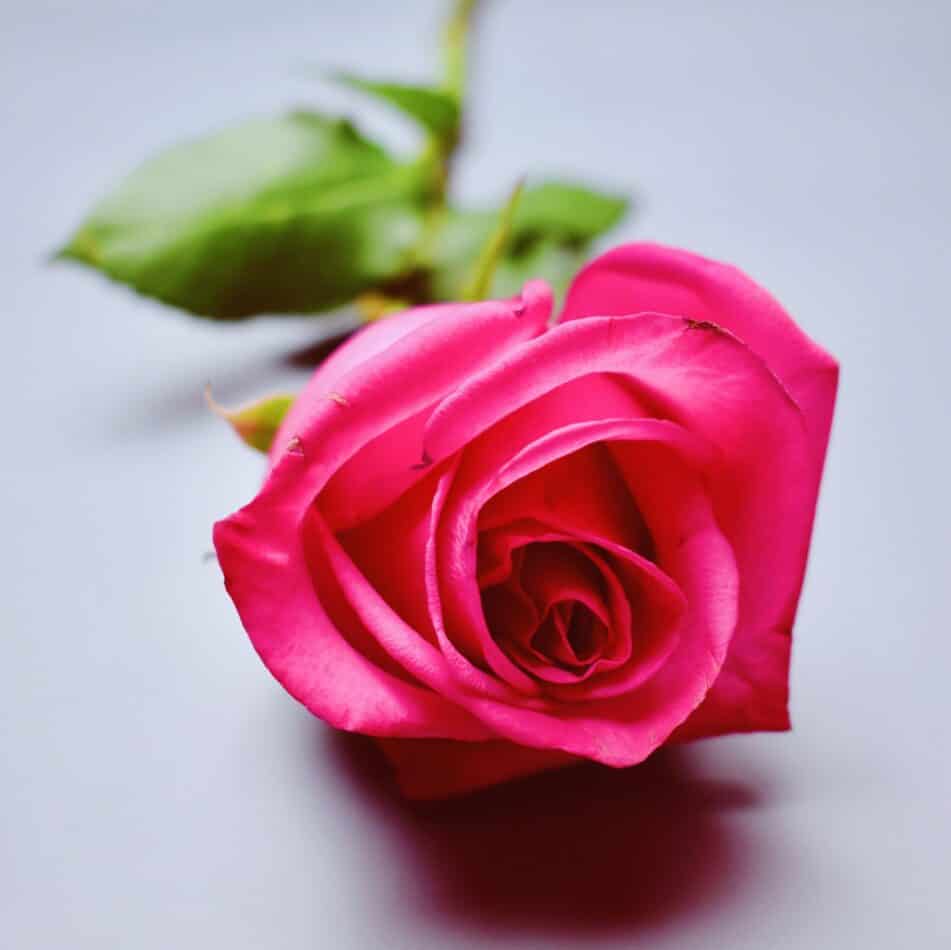Sneezeweed (Helenium autumnale) is a bright and cheery flower that blooms from late summer to early fall and will often keep blooming until the first frost. Native to North America, this upright perennial is easy to grow and maintain and can tolerate wet soils and hot weather. The scientific name Helenium autumnale is derived from Helen of Troy, the mythical queen of Greek mythology, to whom this flowering plant was believed to have been sacred.
How to Plant and Grow Sneezeweed
Sneezeweeds thrive in full sun, but they can also tolerate partial shade. They will also tolerate any kind of soil but perform best in well-draining soil that is slightly on the acidic side, with a pH between 6.0 and 7.0. When planting, mix peat humus into the soil and make sure to space plants at least a foot apart. Water the flower beds deeply but not too often. Too much water will weaken the plants but they will tolerate wet or damp conditions in wetter climates. Sneezeweeds will also appreciate a little fertilizer when they are in bloom.
Meaning and Symbolism
Sneezeweed has a long and rich history of being associated with meaning and symbolism. In Greek mythology, the flower was believed to have been dedicated to Helen of Troy, the most beautiful woman in the world who caused the war between the Greeks and the Trojans. In some Native American cultures, this flower is seen as an antidote for painful and unwelcome memories, and is also seen as a way to ‘sweep away’ past suffering. In parts of Europe, this flower is seen as a symbol of healing, hope, and good luck in trying times, while in other cultures this flower is seen as a symbol of friendship and joy.
History, Mythology, and Religious Significance
Sneezeweed has a long history that stretches back to the ancient Greeks and beyond. In Greek mythology, Helen of Troy was believed to have been associated with this flower and it was thought to be dedicated to her. In some Native American cultures, this flower is said to be a symbol of healing and hope, while in other parts of the world it is seen as a sign of friendship. Throughout history, the flower has also had religious significance and is sometimes seen as a symbol of divinity.
Flower Varieties and Their Defining Characteristics
There are several varieties of Helenium Autumnale, with each variety having its own unique characteristics. The following are some of the more common varieties of sneezeweed and their defining characteristics.
- Helenium autumnale: This is the most common variety of sneezeweed and is known for its bright yellow flowers and narrow, lance-shaped leaves. It prefers full sun and does well in gardens and flower beds.
- Helenium bigelovii: This variety of sneezeweed is known for its golden-yellow flowers and feathery foliage. It prefers full sun and does well in flower beds.
- Helenium hoopesii: This variety of sneezeweed is known for its bright yellow blooms and dainty foliage. It prefers full sun and does well in borders, flower beds, and meadows.
How to Pot and Repot
If you are planting Sneezeweeds directly in your garden, you should dig a hole larger than the pot it is in. Fill the hole with a mixture of soil and compost and plant your sneezeweed so the top of the root ball is a few inches below the surface of the soil. After planting, water thoroughly and add a layer of mulch or compost to keep the soil moist. If you are planting in a container, use a potting soil that is designed for flowers and fill it with soil and compost. Plant the sneezeweed into the soil and fill in the hole. When potting, make sure to leave enough space for the plant to spread. Water thoroughly and mulch the surface to keep the soil moist.
How to Prune
Sneezeweeds can become overgrown if left unattended. Pruning is necessary to keep the plants looking their best and to foster blooms. To prune, remove faded flowers and old, leggy stems and then shape the plant. To shape the plant, make sure to remove any damaged branches and cross centers, and then trim back the stems to an even shape. Prune them lightly in late summer and make sure not to cut off too much of the stems as this can prevent the plant from flowering again.
How to Propagate
Sneezeweed can easily be propagated using seeds or cuttings. To propagate from seed, collect the seeds from the flower heads and sow the seeds directly in the garden. The seeds should be planted in the spring or early summer and should germinate within one to three weeks. To propagate from cuttings, take a non-flowering stem in the late summer and place it in a potting mix. Make sure to keep the soil moist and the plant in a sheltered, sunny spot. The cuttings should root within a few weeks.
Common Pests and Diseases
Sneezeweeds are generally resistant to pests and diseases. The most common pests are aphids, Japanese beetles, and leaf miners. To prevent these pests, make sure to remove any debris or decaying plants near the sneezeweed and water the plants at the base. The most common disease that may affect Sneezeweed is powdery mildew, which can cause the leaves to become discolored and covered with a white powdery substance. To prevent this, make sure to space your sneezeweeds so air can circulate between them and water the plants at the base. Avoid splashing water on the foliage to keep it from becoming wet.
Three Frequently Asked Questions about Helenium Autumnale
1. What does Helenium Autumnale mean? The scientific name Helenium autumnale is derived from Helen of Troy, the mythical queen of Greek mythology, to whom this flowering plant was believed to have been sacred.
2. Do Helenium Autumnale plants require regular maintenance? Sneezeweeds do not require much maintenance but they should be pruned in late summer and watered at the base to ensure they keep blooming.
3. Is Helenium Autumnale easy to care for? Sneezeweeds are very easy to care for and maintain as they can tolerate wet soils and hot weather. They prefer full sun, but can also tolerate partial shade, and are generally resistant to pests and diseases.
A Table Fact Sheet with Data:
| Sneezeweed | Helenium Autumnale |
| Family | Asteraceae |
| Plant Type | Perennial |
| Mature Size | 2-3 feet tall and 1-2 feet wide |
| Sun Exposure | Full sun to partial shade |
| Soil Type | Well-draining soil |
| Soil pH | Slightly acidic, 6.0-7.0 |
| Bloom Time | Late summer to early fall |
| Flower Color | Bright yellow |
| Hardiness Zones | 4-7 |
| Native Area | Eastern North America |
What we love from Amazon this week
Buy these wonderful flowers directly from Amazon:















